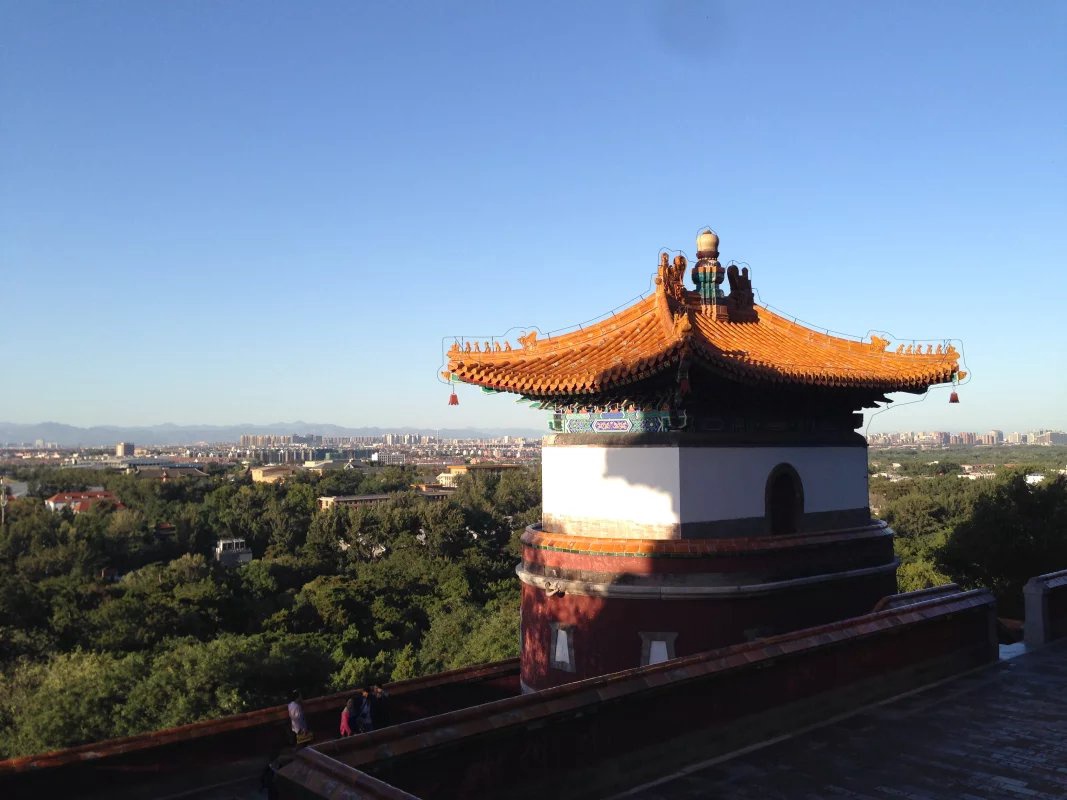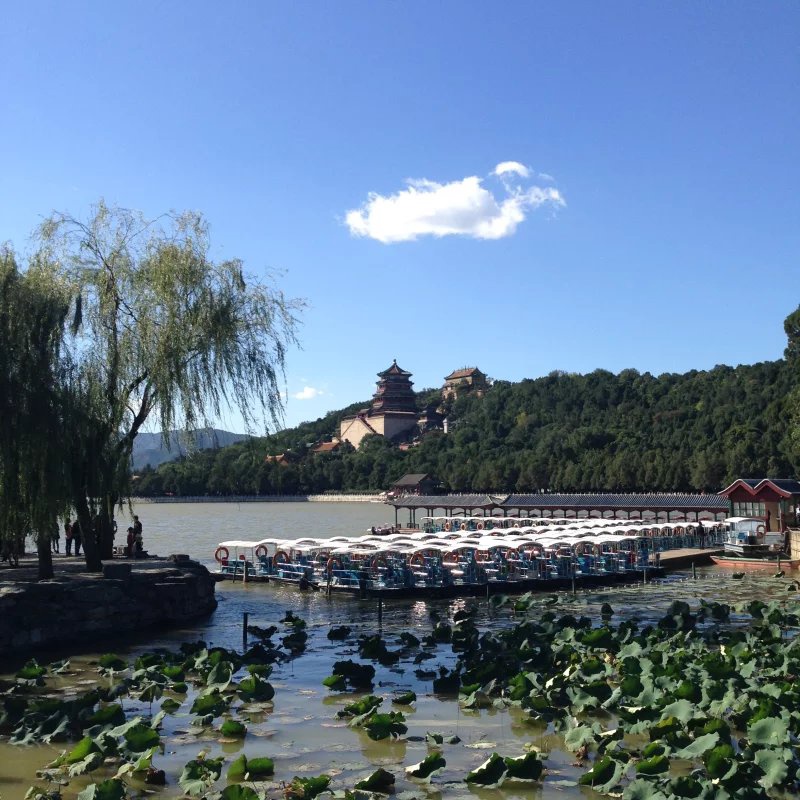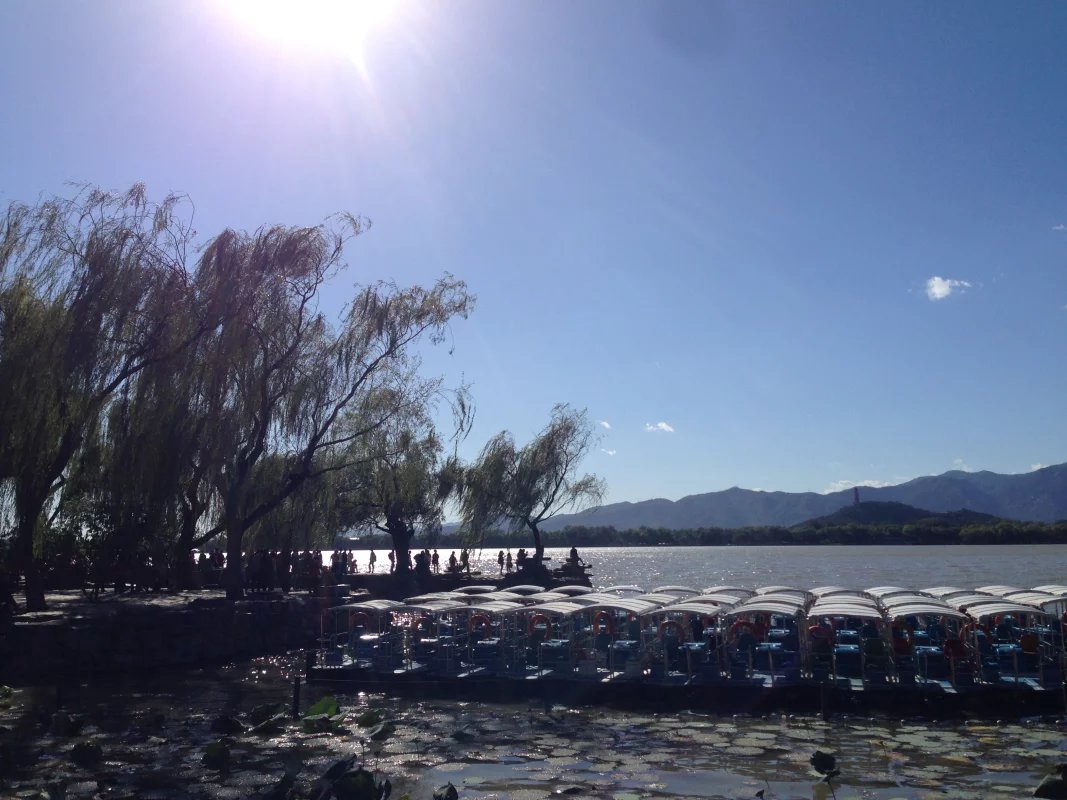
Located in the northwest of Beijing, the Summer Palace is the largest and most complete imperial garden currently in China. With beautiful scenery and quiet landscape, it is an ideal place to escape from the summer heat. It was first built in 1750, then partially destroyed in the war of 1860 and restored to its original foundations in 1886. After several hundred years of renovation and extension, it has developed into the scale we see today.

The entire Summer Palace is built around Longevity Hill and Kunming Lake, with the latter covering about three quarters of the area. Most of the important buildings were built along the north–south axis of Longevity Hill, which is divided into the front hill and the back hill. There are three small islands within Kunming Lake: Nanhu Island, Zaojiantang Island and Zhijingge Island. The West Dam of Kunming Lake divides the lake into two. The East Dam was constructed during the reign of the Guangxu Emperor. The attractions in the Summer Palace are divided into six different sections or scenic areas: the Halls, Longevity Hill, Kunming Lake, the Farming and Weaving Picture Scenic Area, the Long Corridor, and the Central Axis area.

The Summer Palace combines political and administrative, residential, spiritual, and recreational functions within a landscape of lakes and mountains, in accordance with the Chinese philosophy of balancing the works of man with nature. For example, the design was based on a legend in Chinese mythology about three divine mountains in the East Sea, namely Penglai, Fangzhang and Yingzhou. While the three large islands in Kunming Lake correspond to the traditional Chinese symbolic mountain garden element. Many architectural features in the palace were also built to resemble or imitate various attractions around China. As the culmination of several hundred years of Imperial garden design, the Summer Palace has had a major influence on subsequent oriental garden art and culture.
The Summer Palace was added to the list of World Heritage by UNESCO in December 1998, and was declared a masterpiece of Chinese landscape garden design. The natural landscape of hills and open water is combined with artificial features such as pavilions, halls, palaces, temples and bridges to form a harmonious ensemble of outstanding aesthetic value".
The Summer Palace is an outstanding expression of the creative art of Chinese landscape garden design, incorporating traditional art of gardening. With the surrounding landscape environment, it is full of the magnificent momentum of Chinese imperial gardens while also full of natural interest, which highly embodies the garden’s design principle of “although being man-made, it seems like a natural gift”.
Add: A 23 Xinjiangongmen Road, Haidian District, Beijing
Tel: (86)010-6288-1144



